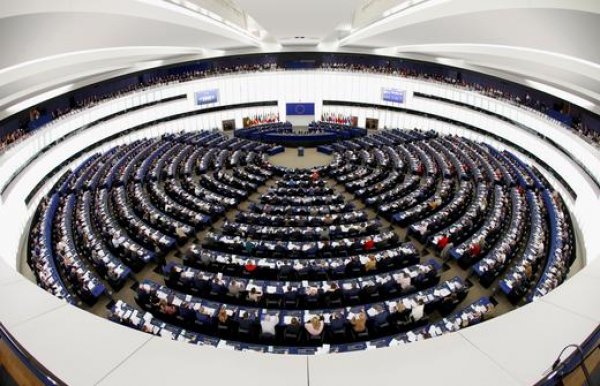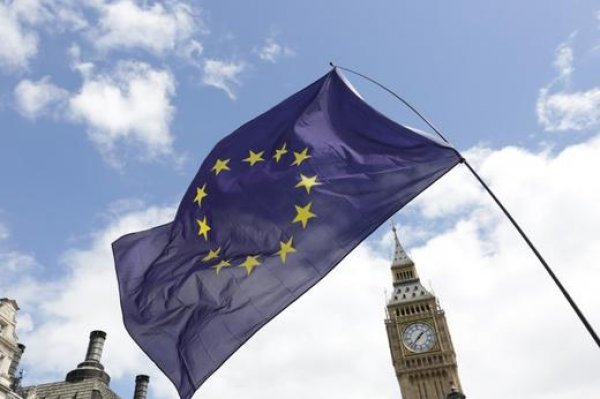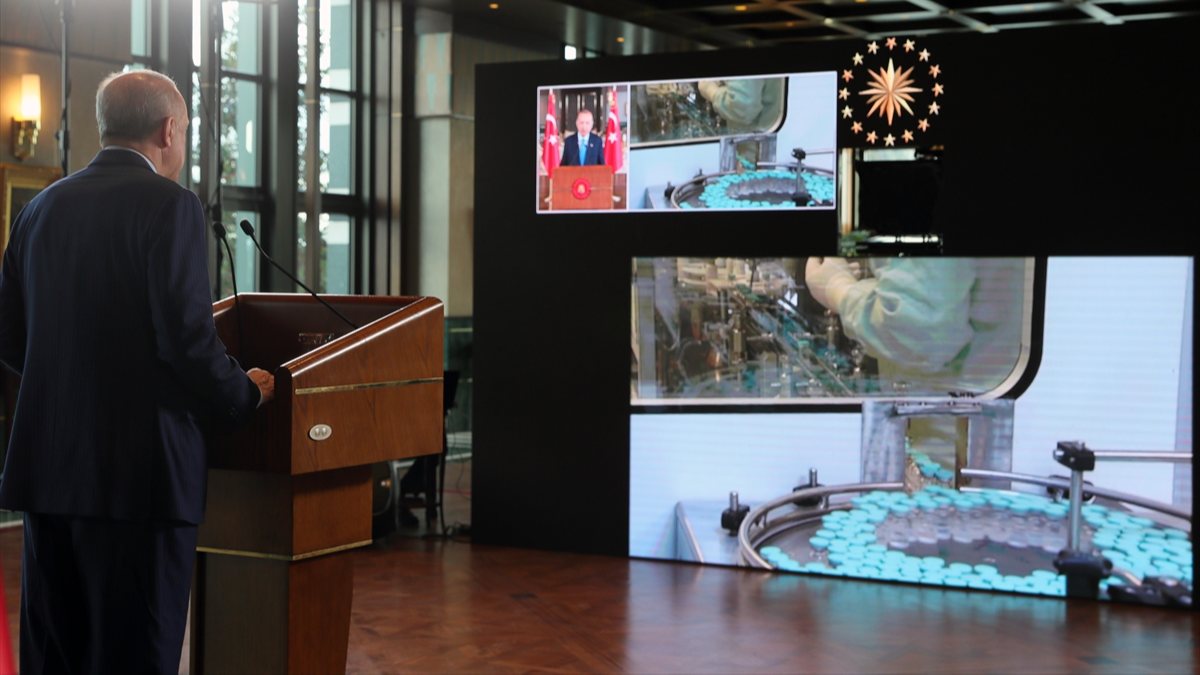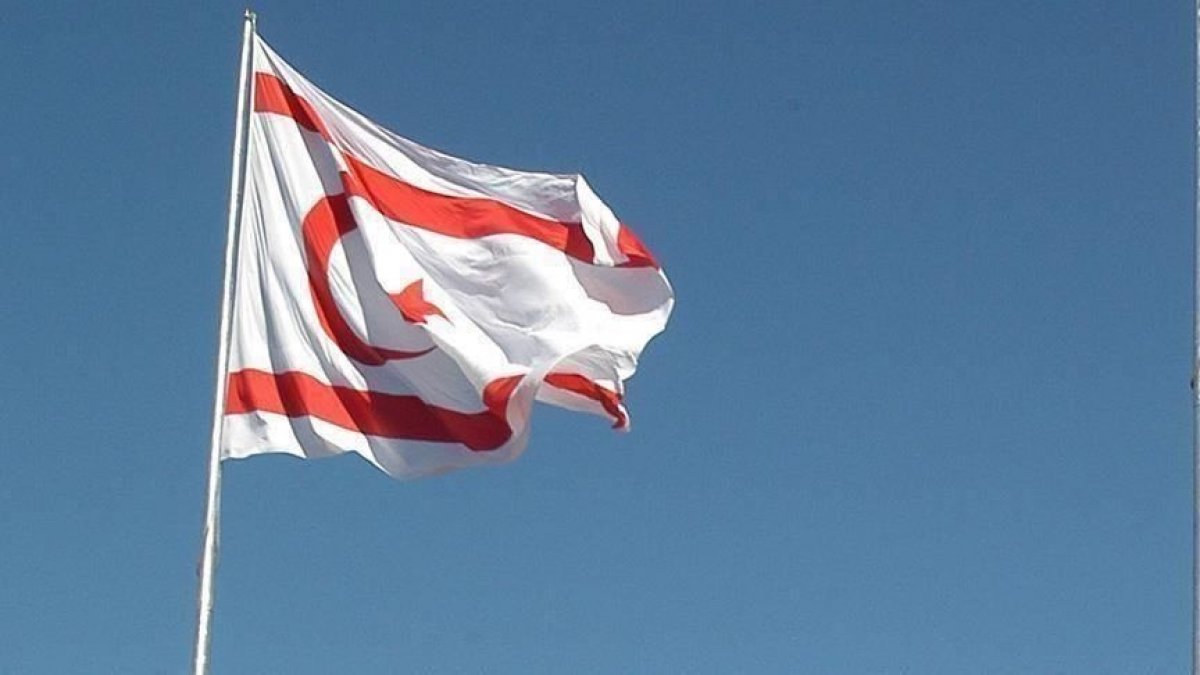Europe’s parliamentary elections will take place May 23-26, giving all adult citizens of the European Union the opportunity to choose who will represent them.
Around 374 million EU citizens are eligible to vote, making the elections the biggest democratic contest outside India. The first European Parliament (EP) elections took place in 1979 and the turnout was 62%. However, it decreased to 42% in 2014.
THE EUROPEAN PARLIMENT ELECTIONS
Every five years, EU citizens choose the members of the European Parliament (MEPs) who will represent them in the EP, the directly elected institution which defends their interests in the EU decision-making process. The EP election is based on the national laws of the member states. The voting age is 16 in Austria and Malta and 18 in the other 26 member states.

In Belgium, Greece, Bulgaria, Luxembourg and the Greek Cypriot Administration of Southern Cyprus, participation in elections is compulsory according to their national laws.
POLITICAL GROUPS
There are currently eight political groups in the EP, spanning far-right to radical left. The MEPs sit in political groups based on their political affiliation. The groups consist of parties from different countries which share a similar ideology.

The largest group is the European People’s Party (EPP), which won 221 seats in the last election. Each group nominates a lead candidate who will represent them in the EP.

In 2014, the candidate of the largest group was elected as EU Commission president. It is expected that a similar process will be implemented in this election. This process is called “Spitzenkandidat”. The German term traditionally refers to the lead candidate of a party. It means that the largest group is advantageous in determining the commission president.













